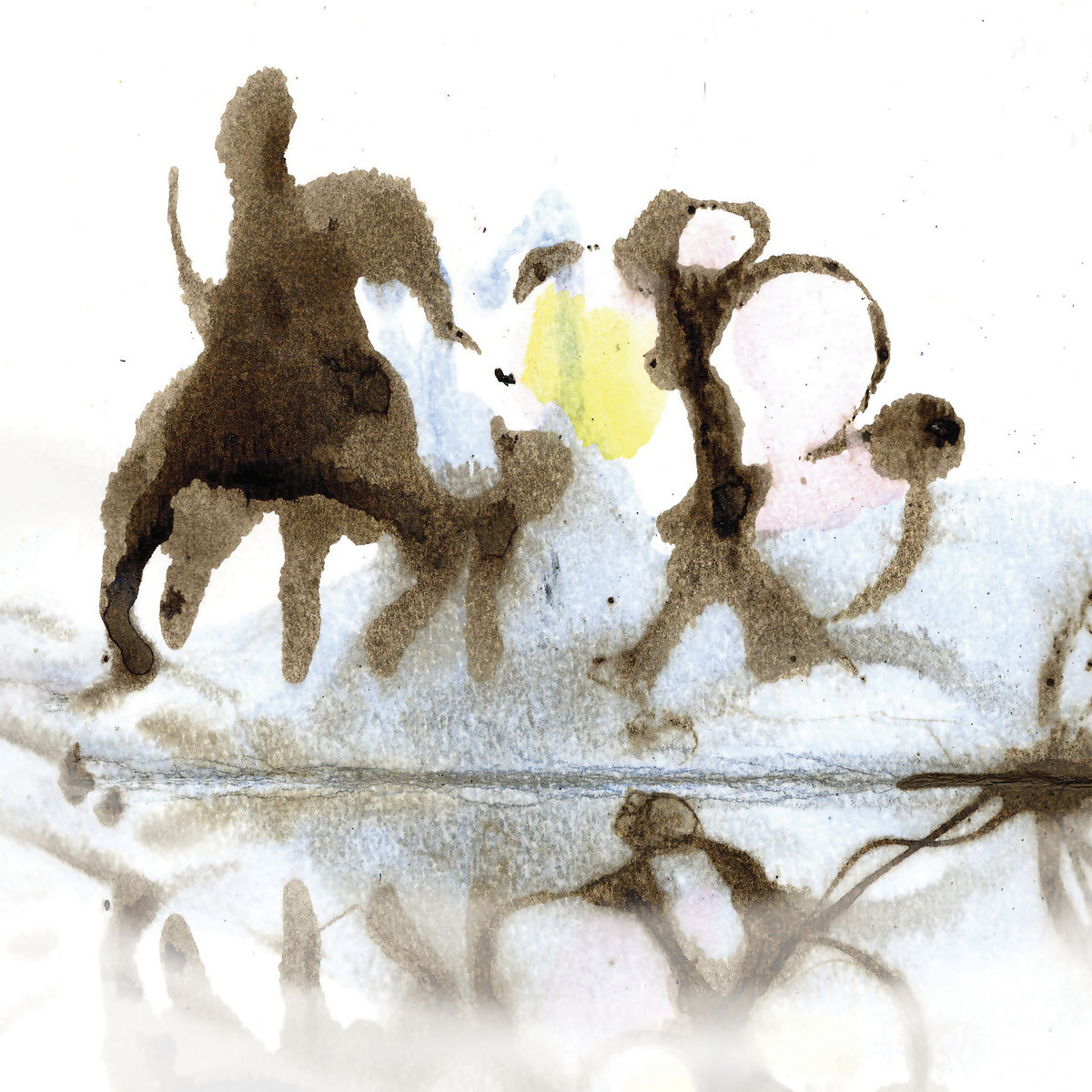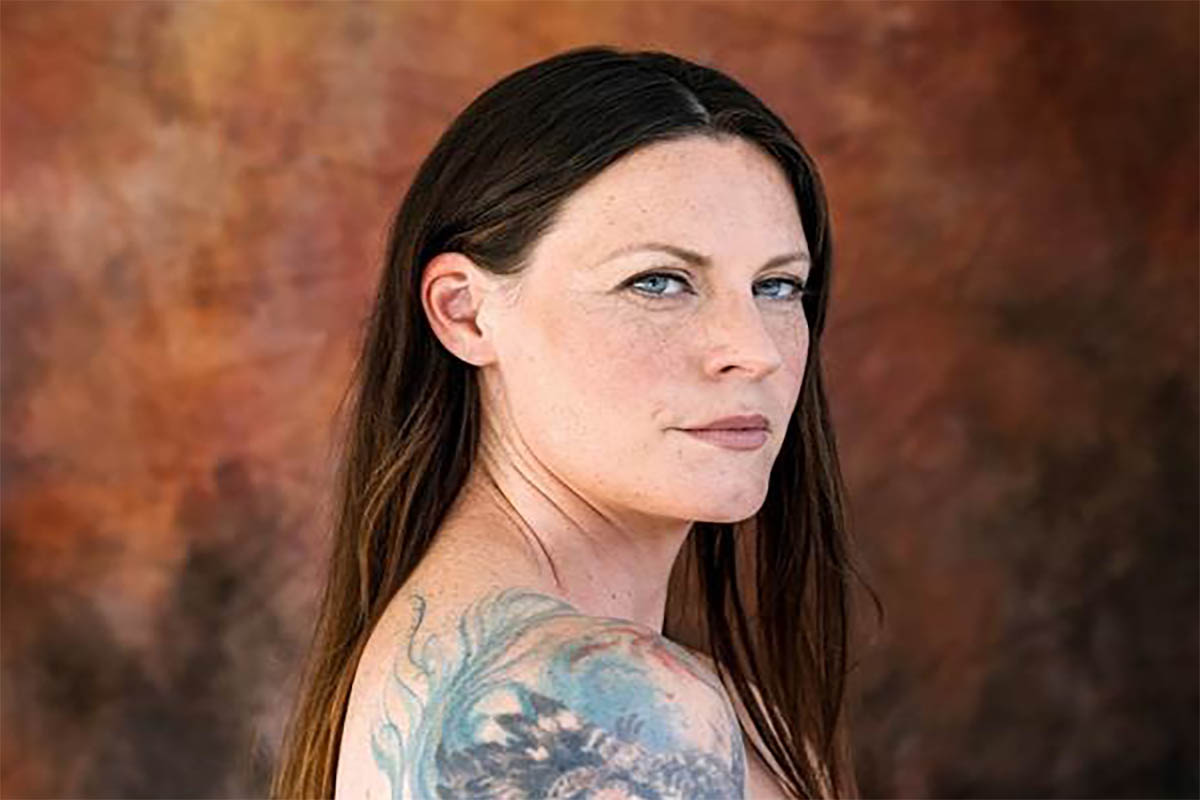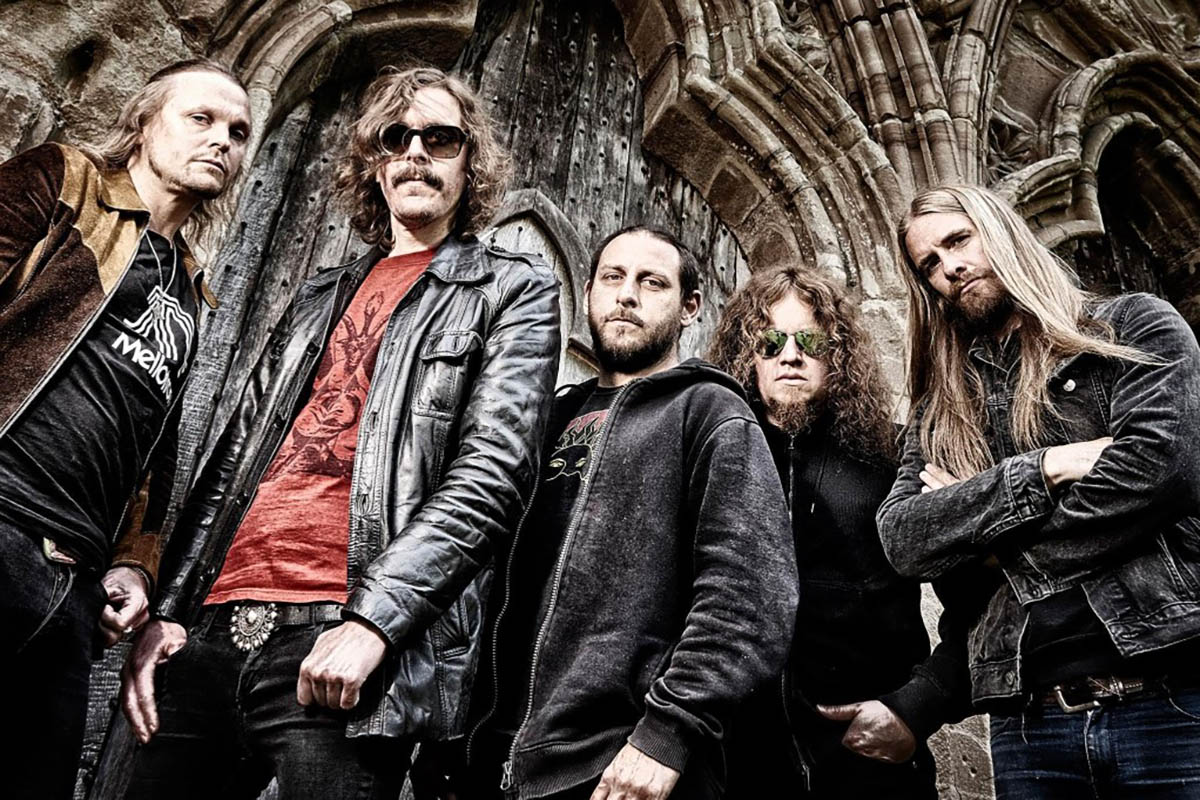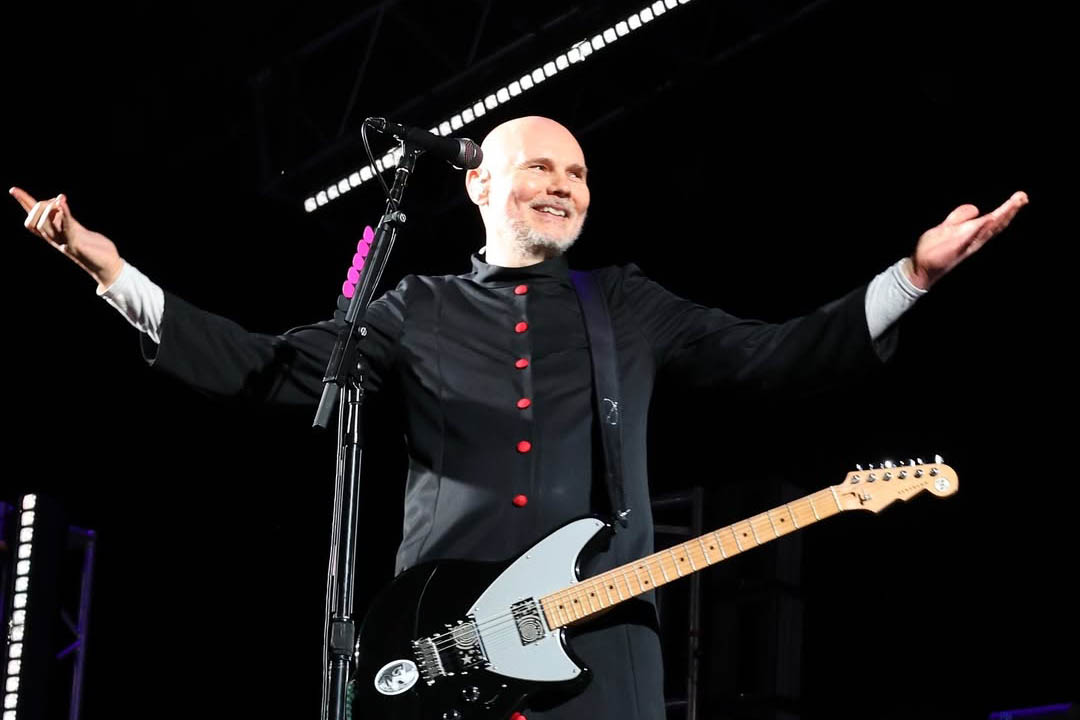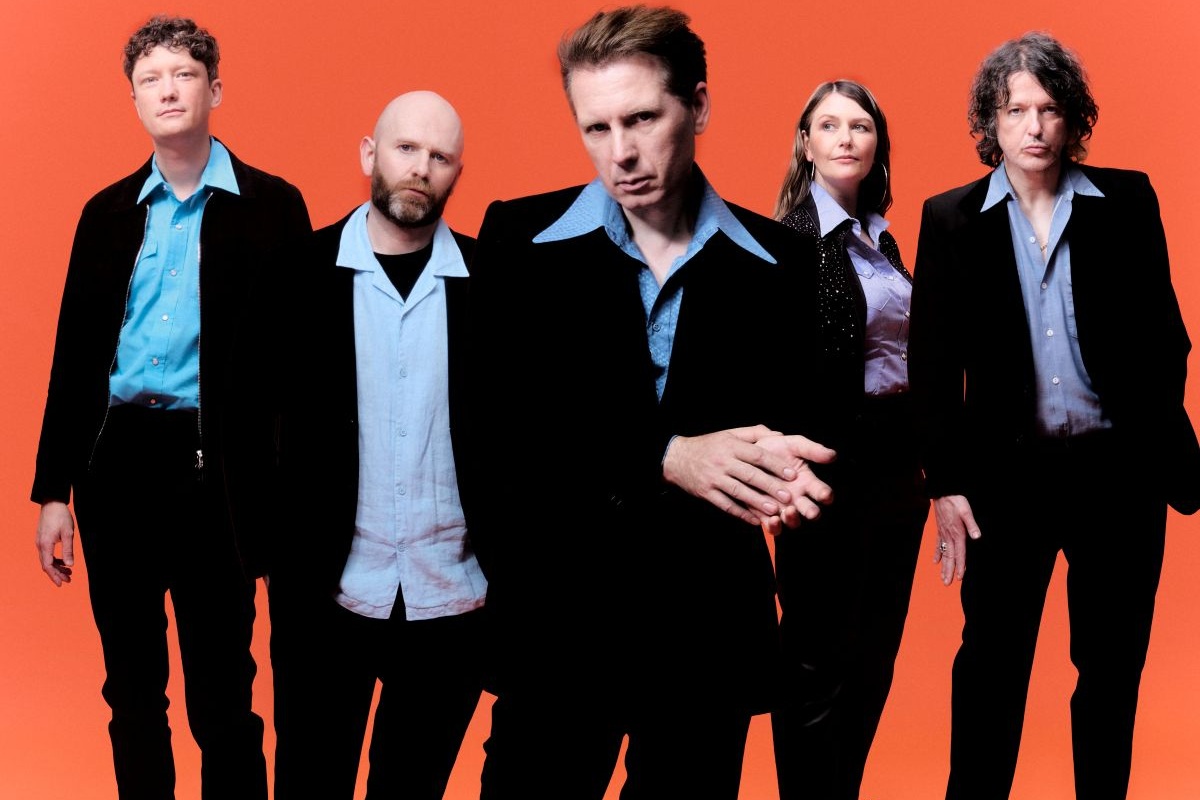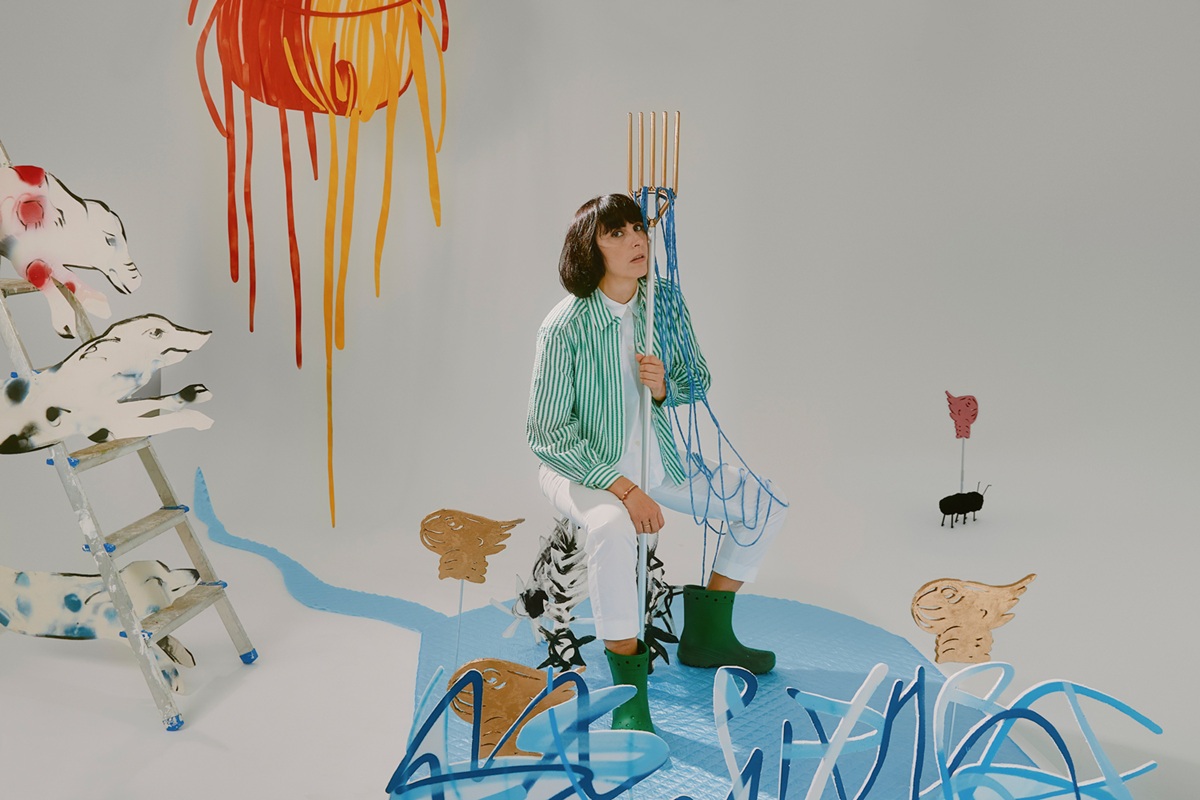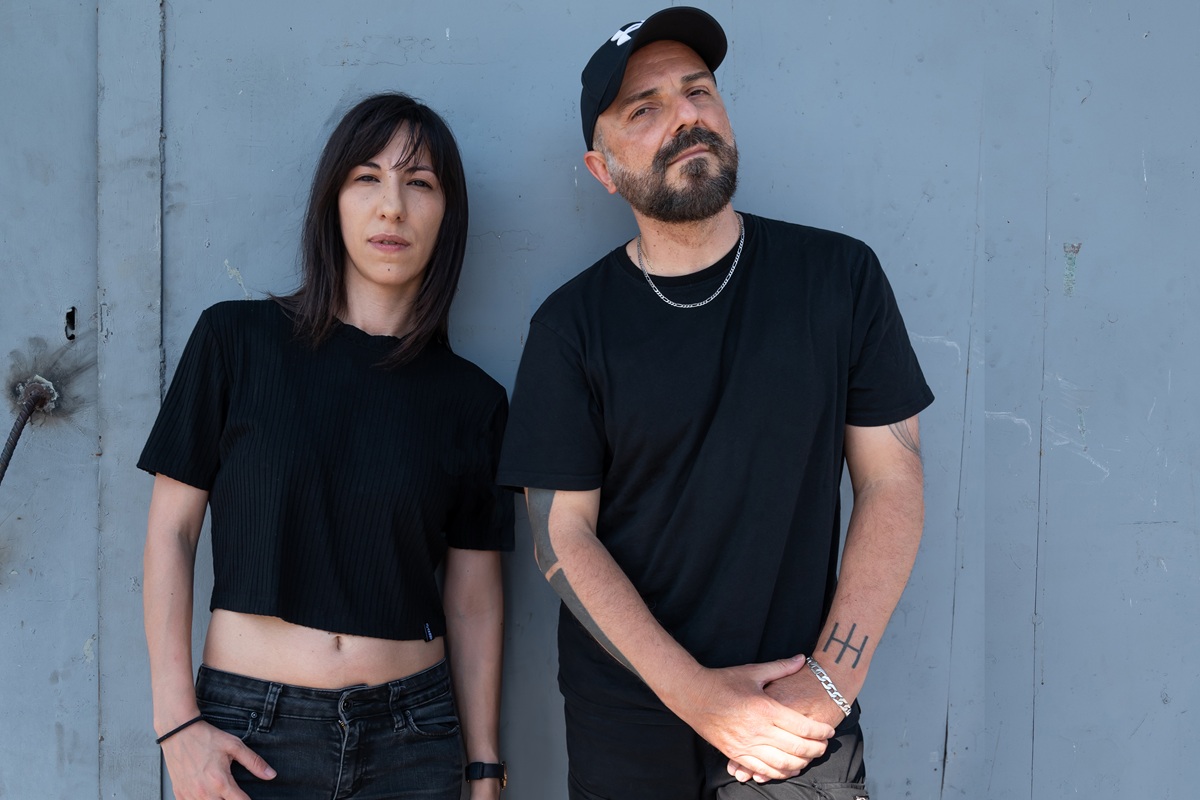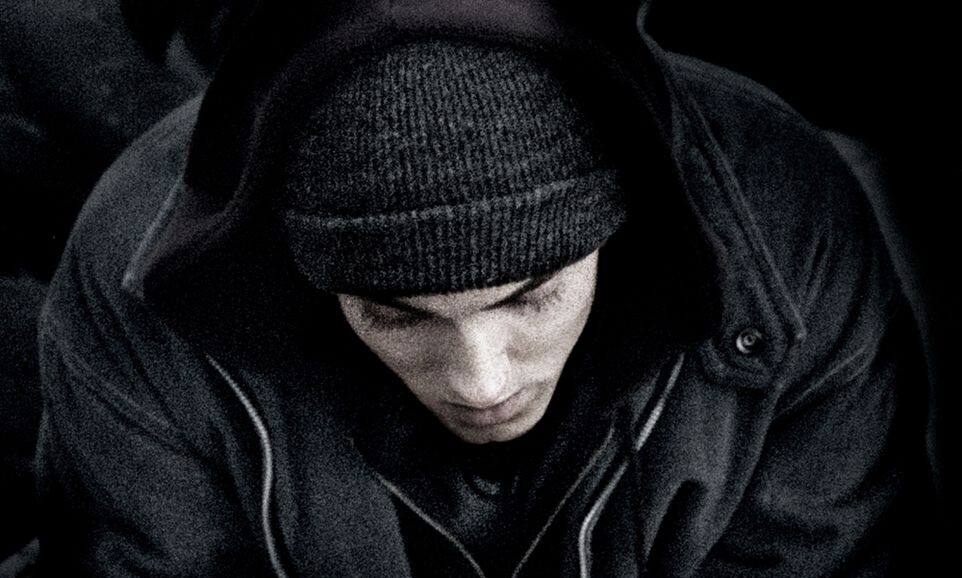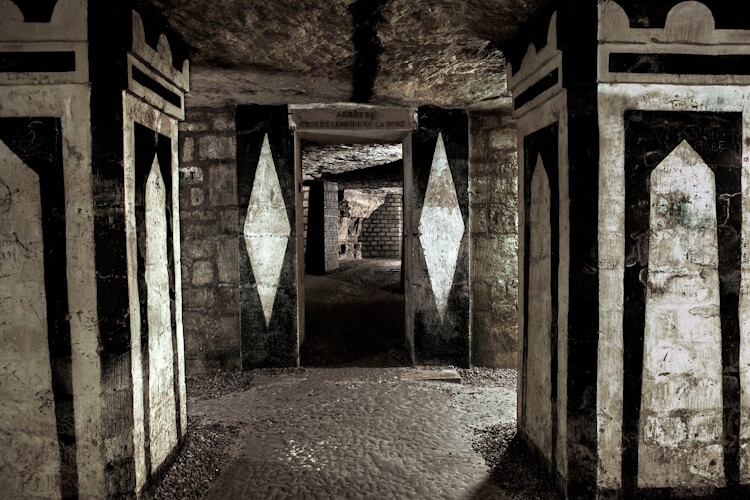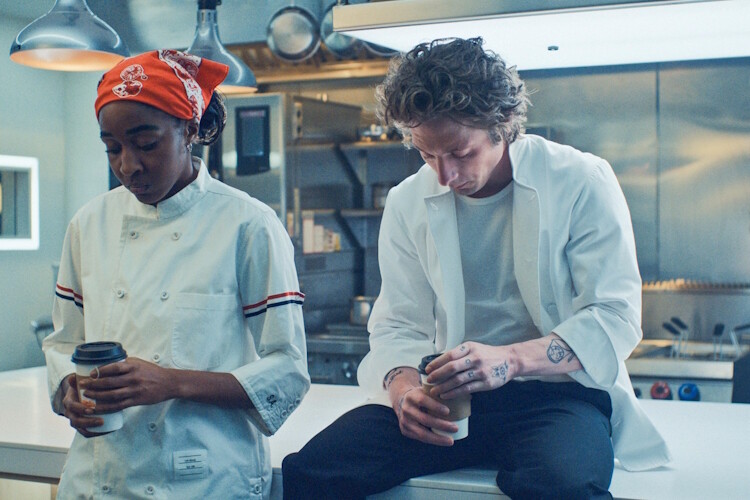
Οι Tindersticks έγραψαν, ηχογράφησαν και έκαναν την παραγωγή στο soundtrack του In Flanders Fields Museum, στην Ypres του Βελγίου, το οποίο άνοιξε ξανά τις πόρτες του για το κοινό στις 11 Ιουνίου. Το μουσείο του Πρώτου Παγκοσμίου Πολέμου είχε κλείσει προκειμένου να υποστεί... πλήρη ανακαίνιση.
To soundtrack που έγραψαν αποτελείται από ορχηστρικούς ήχους που αλλάζουν στα διαφορετικά μέρη του μουσείου και ενισχύουν συναισθηματικά τα όσα παρουσιάζονται εκεί. Διαβάστε τι λέει ο Stuart Staples:
Early in 2011 we were approached to be involved in the redesign and reimagining of the In Flanders Fields Museum in Ypres, Belgium, to commemorate the centenary of the Great War and the destruction of the city that followed.
We had some experience of Ypres from a concert we performed in its Cathedral back in ’95. The special feeling of the place stayed with us (though I never imagined we would end up spending so much time back there).
A visit was arranged and I spent 2 days wandering the battle fields and graveyards with Piet Chielens (museum curator) all the while providing expert knowledge and insight – the First World War is just so fucked up, incomprehensible, one can’t help but be fascinated.
I believe that creating music (or anything) should be an emotional response, and though I was engaged, I wondered just what we could bring to the project.
I asked Piet where the German dead lay and he offered to take me there.
Along the way I learned that they were originally buried on leased land and that after a period of time the lease expired and the remains had to be relocated – It was then, in the 1950’s, that the cemetery at Vladslo was built.
We arrived there, the place felt remote and hidden, a light rain was falling.
I really wasn’t expecting to be so moved. Arresting in its humble dignity (the kind only afforded to the defeated) with such a delicate beauty and a deep, deep sorrow. I was overwhelmed. The Kathe Kollwitz sculpture ‘The Mourning Parents’ is almost unbearable in its setting.
It was here I found my connection, something I wanted to explore. The feeling of Vladslo, late in that drizzly May afternoon stayed with me throughout the whole writing and recording process. It was there that I was able to forget about the cliches of the First World War and connect with the personal sense of loss and waste felt by so many and its quiet, deafening testament to humanity.
On my return to the museum, the idea began to form of an evolving piece of music that created the ‘air’ in the spaces themselves, that subtly progressed with the journey through the museum. The only reference points I felt were Brittens War requiem (via Arvo Part) and the way the atmosphere is dictated by the Seagram murals in the Rothko room in Tate Britain.
I took these ideas back and began work with Dan McKinna. Together, over many months, we formed the score. It is music for strings, horns, drums, crystal baschet, piano and electric guitar.
It works in a series of interlocking loops creating relationships that define each of the spaces. The centre piece and climax is the soundtrack for the Klaus Verscheures film installation ‘The Third Battle’.
The soundscapes were recorded in London and Limousin in April 2012.
Stuart A. Staples.


